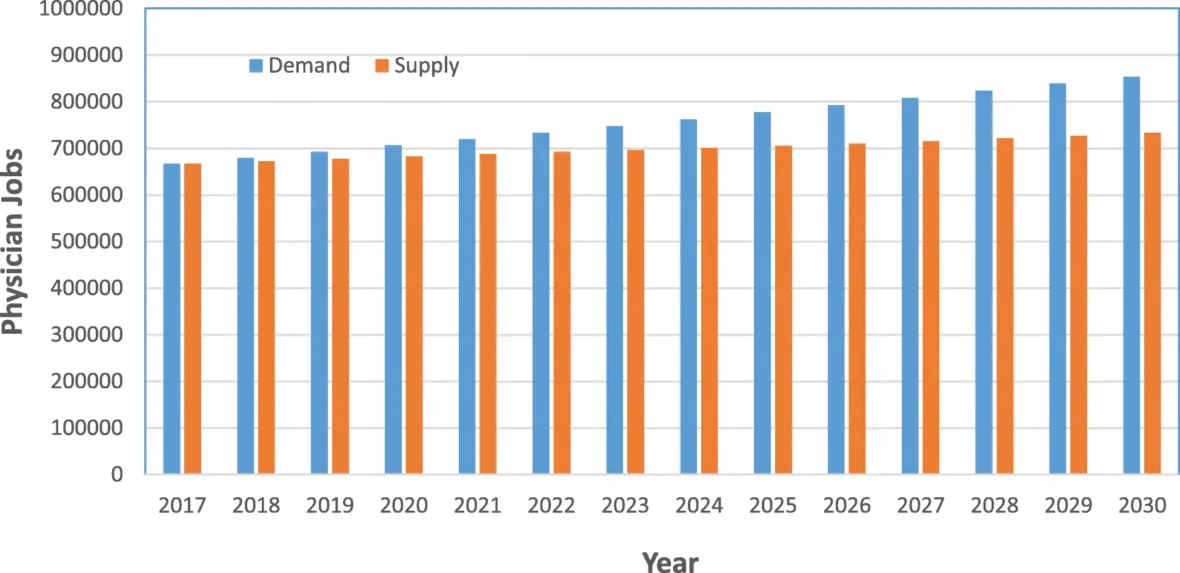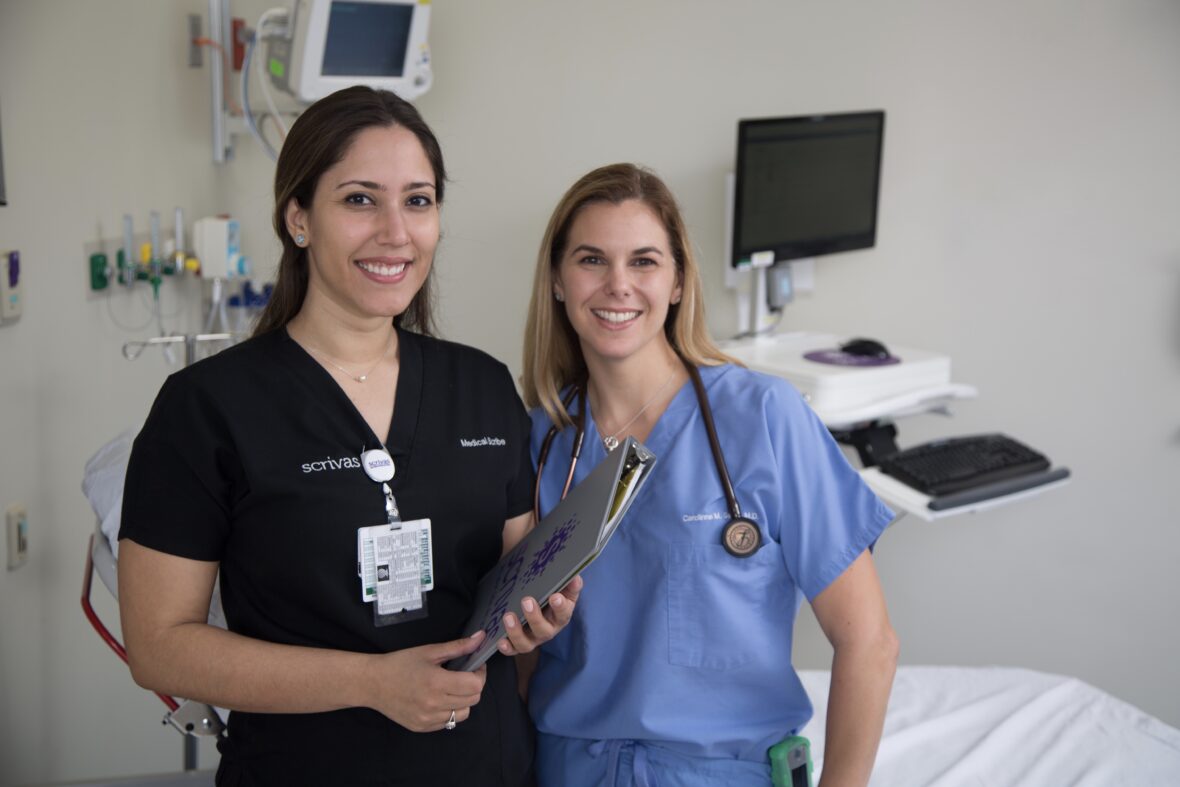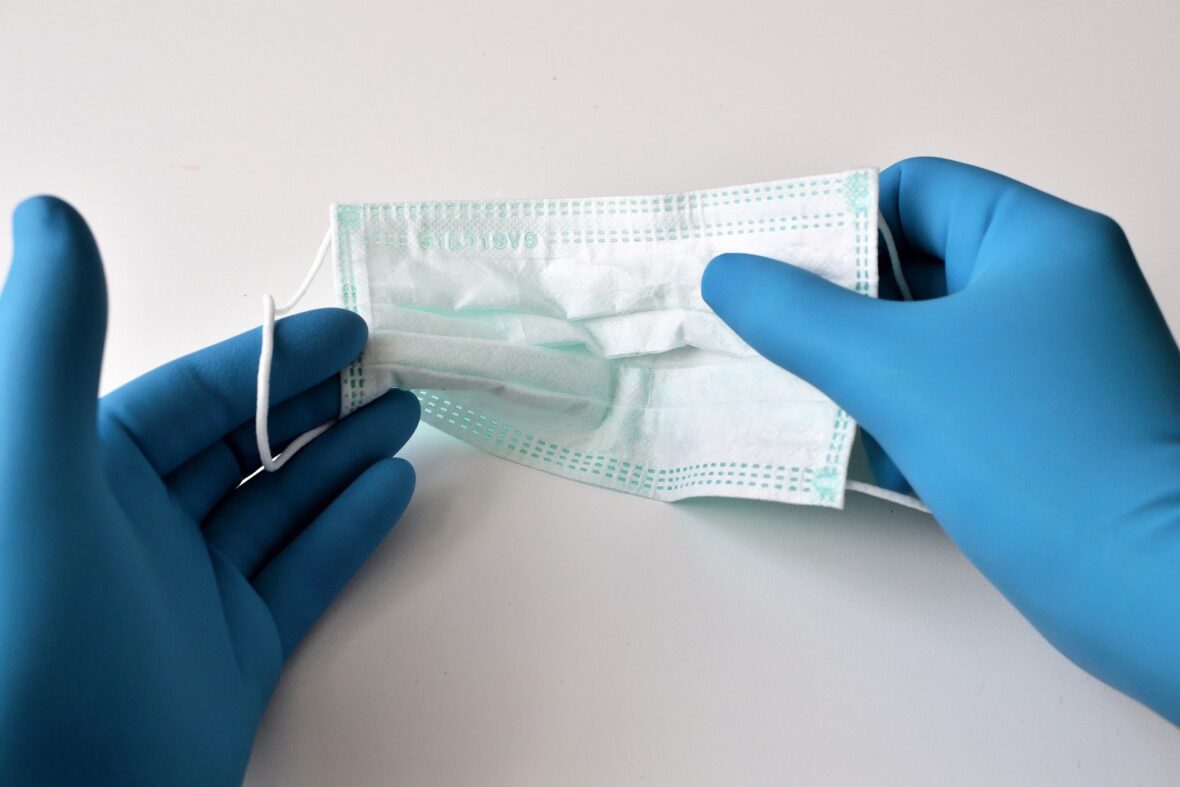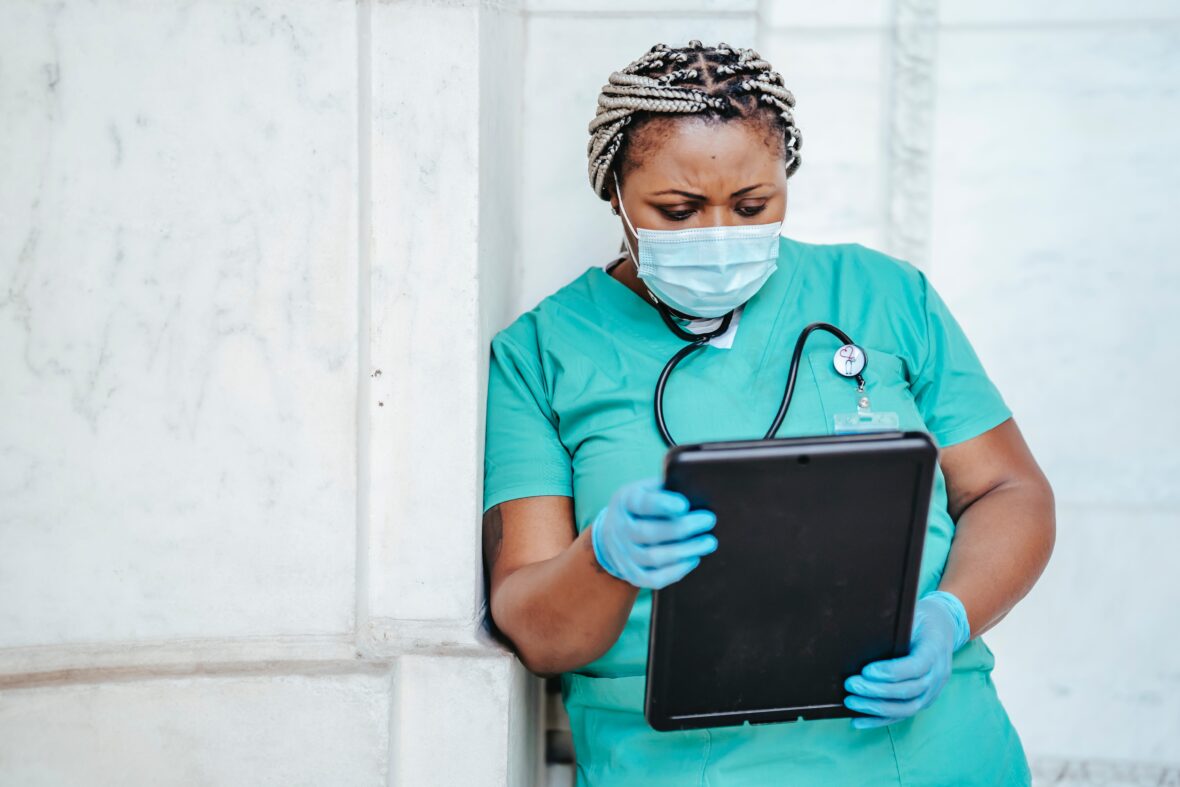Discover how one Scrivas medical scribe regained his sense of purpose in the midst of the COVID-19 pandemic. The past two years have been a whirlwind to the world, including Diego Murillo, due to the unprecedented pandemic and what came with it—“COVID burnout.” “In these past 2 years, life has gone so out of whack I personally felt like I lost all sense of direction and I’ve only recently begun to gain the reins on my life again bit by bit,” noted Diego. There were two components Diego attributes to being able to find a sense of direction and being able to “get himself out there” again, which was being vaccinated and by becoming a Scrivas medical scribe. Diego received the COVID vaccine in early March, which helped to give him the confidence and a layer of protection and security he needed. Once he felt more comfortable during these unsure times, he began to refocus on working towards his career goals of becoming a physician assistant (PA). Diego heard of medical scribes from his fellow classmates throughout his college years. He felt that building up certain connections and first-hand experiences was vital to him. Scribing in Different Specialties “I recently …
Our physician-designed training program will teach you everything you need to know! You’ll receive hands-on training and extensive on-site experience. Our training programs are the best in the business!




















